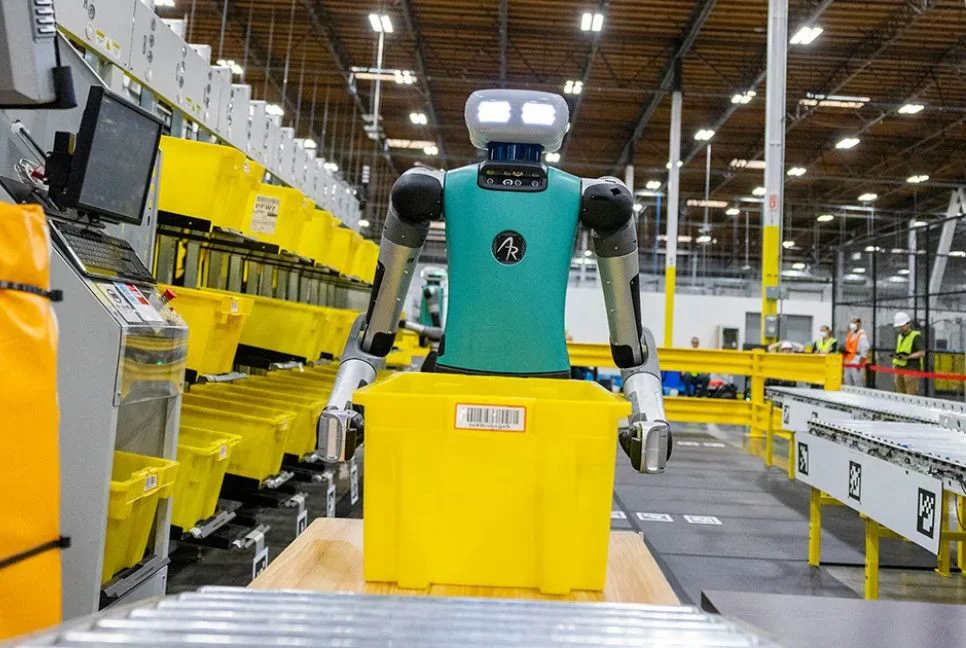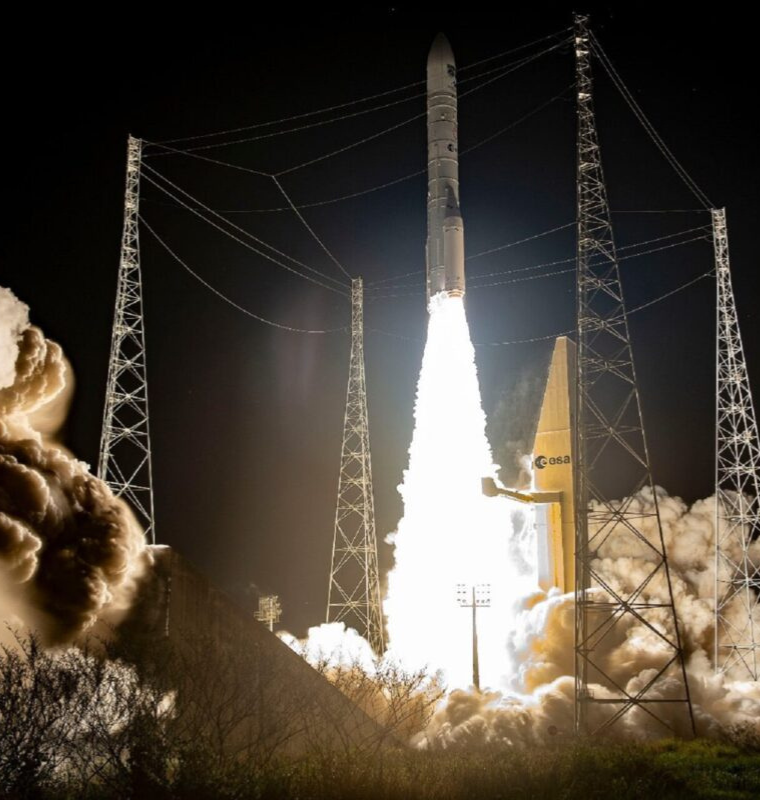Amazon’s New ‘Blue Jay’ Robot Marks a Major Leap in Warehouse Automation
Amazon’s New ‘Blue Jay’ Robot Marks a Major Leap in Warehouse Automation
By
Calder Monroe
Last updated:
October 23, 2025
First Published:
October 23, 2025

Photo: Bangladesh Pratidin
Amazon has unveiled its latest innovation in warehouse automation—Blue Jay, a multi-tasking robotic system designed to revolutionize how products move through its massive fulfillment centers. Currently being piloted in a South Carolina facility, Blue Jay represents the company’s next big step toward fully integrated, AI-powered logistics.
A Smarter, More Efficient Warehouse
Blue Jay combines three critical warehouse functions—picking, sorting, and consolidating—into a single, seamless process. Unlike earlier robotic systems that focused on one task at a time, Blue Jay’s suspended robotic arms, equipped with advanced suction-cup mechanisms, can handle packages of various shapes and sizes in rapid succession.
According to Amazon’s internal data, Blue Jay can already handle up to 75% of all items stored at its sites, a milestone that underscores its potential to transform fulfillment operations. By streamlining these tasks, Amazon aims to boost productivity, reduce physical strain on workers, and make better use of limited warehouse space.
Automation at Scale
Blue Jay joins an expanding roster of Amazon’s robotic systems, including Proteus, a mobile floor robot that moves heavy carts autonomously, and Vulcan, introduced earlier this year, which uses tactile sensors to identify and handle fragile items with precision.
Since acquiring Kiva Systems in 2012 for $775 million, Amazon has deployed over 750,000 robots across its global network. This massive rollout has improved order accuracy and speed, but it has also sparked debates about the future of warehouse employment.
The Human Impact
A recent investigation suggested that automation could allow Amazon to avoid hiring more than 160,000 U.S. workers by 2027, potentially saving the company about 30 cents per package. Amazon, however, disputes that interpretation, emphasizing that robotics are meant to augment human roles, not replace them.
The company highlights its apprenticeship program in mechatronics and robotics, which trains employees to maintain and supervise automated systems. “Employees remain at the center of our innovation,” Amazon stated. “Automation reduces physically demanding tasks and opens new career opportunities.”
Still, watchdog groups have raised concerns about worker safety. A 2020 report by the Center for Investigative Reporting found higher injury rates in robot-powered warehouses compared to traditional facilities. Amazon insists that continuous safety enhancements and data-driven training are addressing those issues.
Hiring Plans and Financial Outlook
Despite the automation surge, Amazon announced plans to hire 250,000 seasonal workers for this year’s holiday season—matching its previous hiring levels. The company currently employs over 1.54 million people globally, excluding third-party delivery contractors.
Analysts from Morgan Stanley estimate that automation could save Amazon up to $4 billion annually by 2027 through lower labor and fulfillment costs. For investors, this signals a significant margin improvement in the company’s core e-commerce business, even as it continues investing heavily in AI and logistics innovation.
Beyond the Warehouse: Smart Glasses for Delivery Drivers
In addition to Blue Jay, Amazon introduced a pair of augmented reality (AR) glasses designed for delivery drivers. These smart glasses integrate AI, cameras, and sensors to help drivers scan packages, follow turn-by-turn directions, detect hazards, and even receive audio alerts about dogs or other obstacles on delivery routes.
Each pair comes with a wearable controller featuring an emergency button for contacting services instantly. Amazon says the device was developed after testing with hundreds of drivers to ensure comfort, safety, and practical utility.
This innovation fits into Amazon’s broader mission to embed real-time intelligence and safety features into every layer of its logistics network—from robotic sorters to human couriers.
The Road Ahead
With Blue Jay leading a new wave of robotics and automation technology, Amazon is reinforcing its status as the global benchmark for logistics innovation. The system’s integration of multi-function robotics, AI-driven precision, and ergonomic design reflects the company’s vision for a future where humans and machines collaborate seamlessly.
As Amazon scales Blue Jay across more fulfillment centers, the balance between efficiency, employment, and innovation will remain under close watch—not just by analysts and investors, but by the entire logistics industry.
Popular articles
Subscribe to unlock premium content
Why Mauritius Is Leading the World in Luxury Underwater Hotel Experiences

The Evolution of Mercedes-Benz From Karl Benz’s First Motorcar to Today’s Luxury and Electric Innovations

The Secret Coffee Economy of Yirgacheffe, Ethiopia, and Its Global Influence

Why Mauritius Is Leading the World in Luxury Underwater Hotel Experiences

The Evolution of Mercedes-Benz From Karl Benz’s First Motorcar to Today’s Luxury and Electric Innovations

Why Mauritius Is Leading the World in Luxury Underwater Hotel Experiences









